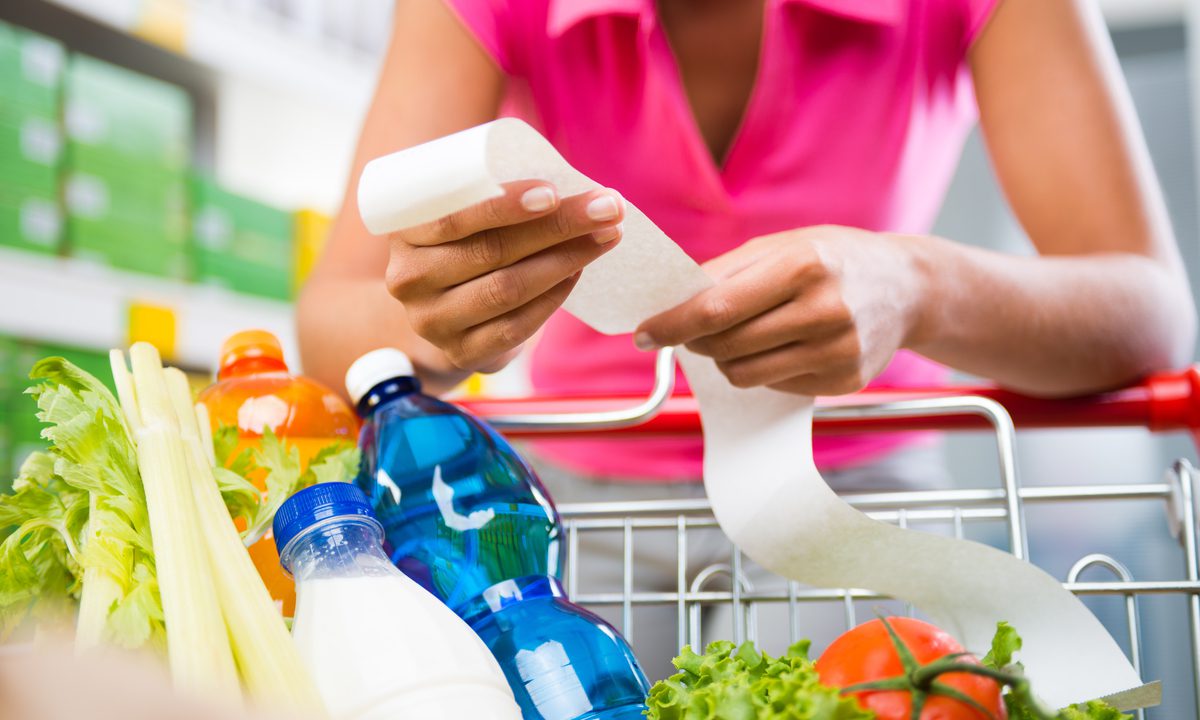
The Competition and Markets Authority (CMA) has cast blame on suppliers of branded products for the unprecedented surge in food prices, intensifying the ongoing debate over the root causes of the inflationary trend. Downing Street had previously exerted pressure on major grocery chains as food prices skyrocketed, but the CMA’s latest report suggests that the culprits may lie further up the supply chain.
The watchdog contends that supermarket margins have contracted, and the likes of global giants Kraft Heinz and Unilever (ULVR) are reaping profits, contributing to the persistent inflation in food prices. According to data from the Office for National Statistics (ONS), food inflation hit a staggering 19.2 percent in March and remained at 10.1 percent in October, indicating a sustained and troubling trend. However, the most recent figures show a stabilization in month-on-month prices.
The CMA’s report highlights a concerning trend among branded suppliers, stating that they have raised prices at a faster pace than their costs. The report notes that “over the last two years, around three-quarters of branded suppliers in products such as infant formula, baked beans, mayonnaise, and pet food have increased their unit profitability and, in doing so, have contributed to higher food price inflation.”
Related: NY Bus Company Accuses Rivals Of Price-Fixing Scheme
Consumers, faced with the economic burden of rising food costs, have reacted promptly. Many have shifted their preferences to own-label products, which constitute half of the items on regular supermarket shelves. Additionally, there has been a noticeable migration towards budget supermarkets, as evidenced by the robust sales growth reported by German discounters Aldi and Lidl, outpacing their mainstream counterparts.
The decline in volume has had a significant impact on average net branded manufacturer margins, plummeting from around 15 percent in 2020 to under 12 percent in 2022, as per the CMA’s analysis of 31 suppliers. Own-label margins also witnessed a decrease, falling from approximately 4 percent to under 2 percent over the same period.
This revelation raises questions about the dynamics within the food supply chain and the role played by major brands in exacerbating the inflationary pressures felt by consumers. As stakeholders digest the CMA’s findings, discussions are likely to intensify on how to address the underlying issues and ensure a more equitable distribution of costs across the entire food industry.
Source: Investors Chronicle
Featured News
European Music Streaming Firms Rally Against Apple’s Proposed Remedies
May 9, 2024 by
CPI
Google and South Carolina Clash Over State Records Demand
May 8, 2024 by
CPI
Telefonica Germany Teams Up with Amazon Web Services to Migrate 5G Customers
May 8, 2024 by
CPI
Federal Judge Grants $7.4 Million Settlement in Pork Price-Fixing Case
May 8, 2024 by
CPI
Wilson Sonsini Bolsters Antitrust and Competition Practice with Key Partner Returns
May 8, 2024 by
CPI
Antitrust Mix by CPI
Antitrust Chronicle® – Economics of Criminal Antitrust
Apr 19, 2024 by
CPI
Navigating Economic Expert Work in Criminal Antitrust Litigation
Apr 19, 2024 by
CPI
The Increased Importance of Economics in Cartel Cases
Apr 19, 2024 by
CPI
A Law and Economics Analysis of the Antitrust Treatment of Physician Collective Price Agreements
Apr 19, 2024 by
CPI
Information Exchange In Criminal Antitrust Cases: How Economic Testimony Can Tip The Scales
Apr 19, 2024 by
CPI